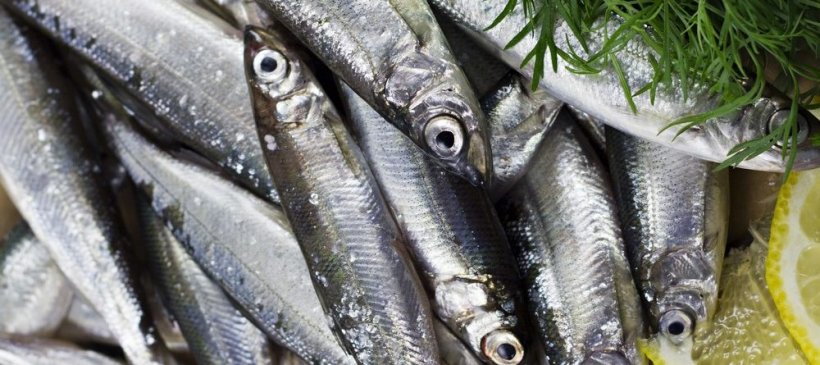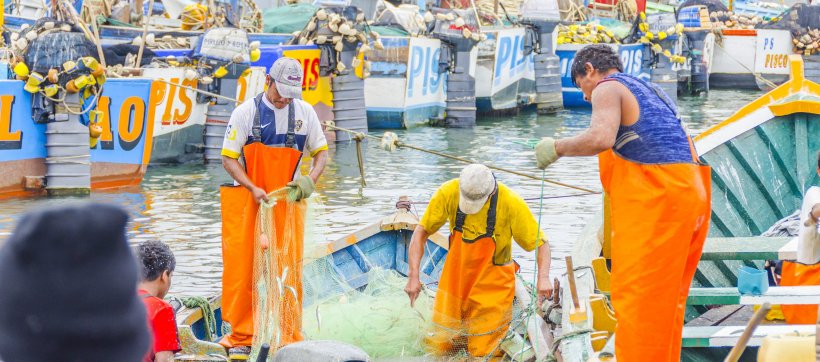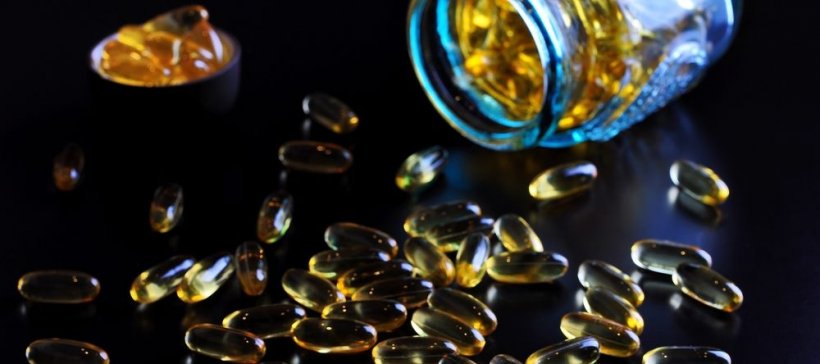Overview
Peruvian anchovy has some of the highest concentrations of EPA and DHA polyunsaturated fatty acids of any fish species. Although eaten as whole fish, the majority of Peruvian anchovy are turned into fish oil for feed and capsules, as well as fishmeal, mainly used in aquafeeds. The comparatively low rate of direct human consumption has led some to accuse the industry and the Peruvian Government of depriving local communities of a valuable food source. However, although much effort is, and has been, devoted to promoting the consumption of anchovy in fresh, canned and frozen state, that market remains very small.

The main points are:
- Peru's fishery also has other more appealing species such as mackerel, horse mackerel and bonito, which are species that are just as affordable, much more palatable, and more versatile from a culinary point of view. Peruvian households prefer these species instead of anchovy.
- Anchovy are fragile fish that deteriorate quickly, limiting storage and transport options for the food market.
- Both industry and government have invested millions since the 1960s to increase direct human consumption of this resource, but the projects have had a limited impact despite the effort and money spent.
- Their distinct, strong flavour makes them relatively unpalatable; therefore, despite their promotion, they tend to be eaten in small quantities. According to anthropologists that have been consulted, it is more difficult to change people’s eating habits than it is to change their religion.
- Using fishmeal and fish oil strategically in aquatic and animal diets produces many more volumes of more widely accepted and consumed fish and other animal protein in a more efficient way. These are products that actually have a strong direct consumption market.
- The volume of production of fishmeal and fish oil from Peruvian anchovy is equivalent to the requirement of 50% of the world’s fed farmed fish production, thereby having a significant positive impact on global food security.

Past initiatives
Examples of private and public sector initiatives to increase direct human consumption of anchovy are:
- The Ministry of Production program called ‘A comer pescado’, which, with a current annual budget of around US$2,730,000, disseminates the nutritional benefits of anchovy and other species, as well as recipes for preparation.
- The National Program for Food Assistance (PRONAA), now Qali Warma: National School Feeding Program, uses 1,000 MT of anchovy in finished products.
- The National Fisheries Society has run promotion campaigns during national festivals since 2005.
- The Army and other social programs committed to a minimum of 6% of their food budget in anchovy from 2005 until 2011, when the obligation was eliminated in response to the users’ request.
The results show a slight increase in consumption between 2005 and 2011, with a peak of 125,000 MT going to direct human consumption in 2011 – 1.75% of all anchovies caught and 1.5% of all fish caught (all species). However, consumption dropped significantly when the purchase obligation for public entities was eliminated, reflecting market preferences. In recent years, approximately 60,000 MT is destined for direct human consumption, half the peak of 2011.
Fishing companies have developed anchovy products, including fresh, frozen, canned and cured. However, sales have remained low due to their limited acceptance. The fishing companies have been trying to encourage exports, even by adopting the name of ‘Peruvian sardine’, but in 2016 only 8,500 MT were exported.

Looking forward
Peru will continue to be a major producer of fishmeal and fish oil, thus sustaining world aquaculture production. It may be estimated that, in order to produce 41.06 million MT of fed farmed fish (the latest available estimate of annual total), the world uses 9 million MT of whole fish turned into meal. That is, each MT of whole fish used in the manufacture of fishmeal and fish oil allows for the production of over four MT of farmed fish.
As for other uses, the Peruvian Government will implement a US$120 million innovation project in the country’s fishing and aquaculture industry, with funds obtained from the World Bank and the public budget. This project is expected to finance initiatives related to increasing direct human consumption of anchovy. A new brand ‘Super Foods Peru’, launched at the 2017 Brussels Seafood Expo, has been developed by the Government to promote seafood exports of oily fish such as anchovies, mackerel and jack mackerel.
Past initiatives
 Another way in which anchovy may benefit human nutrition directly is via food enrichment. The highly-nutritious amino acids in the proteins of anchovy are currently being used to enrich different foods, such as milk, orange juice and cooking oil. To further encourage this market, SNP has developed a program to find technological solutions for the development of new products, which will support human nutrition and health.
Another way in which anchovy may benefit human nutrition directly is via food enrichment. The highly-nutritious amino acids in the proteins of anchovy are currently being used to enrich different foods, such as milk, orange juice and cooking oil. To further encourage this market, SNP has developed a program to find technological solutions for the development of new products, which will support human nutrition and health.
SNP has identified four specific projects to develop by 2021, focusing on:
- technological processes for obtaining protein ingredients from the anchovy for human consumption;
- protein concentrate as a functional and nutritional element;
- nutritional supplements on the basis of omega-3 deodorized with high content of EPA and DHA; and
- improved preservation of anchovy on board fishing vessels.
Conclusion
Despite the efforts of the Peruvian Government and the private sector, direct human consumption of Peruvian anchovy remains at a very low level in the country. This is an interesting case study that indicates the misunderstanding of assuming that forage fish species are better off fed directly to people. In this instance, there are other species more suitable for consumption in the country’s households, and these are preferred in the market.
On the other hand, the indirect consumption of this species through the supply of fishmeal and fish oil feeds the global population via aquaculture. Mr Hector Soldi, Vice Minister of Fisheries and Aquaculture of Peru, made this statement in the 2017 UN Ocean Conference, in which he highlighted the contribution of Peruvian anchovy to world aquaculture. Similarly, Prof. Manuel Barange, Director of Fisheries and Aquaculture Policy of the FAO, emphasized at the Seafood Sustainability meeting held at the SeaWeb Seafood Summit 2017 that fish convert feed to protein far more effectively than chickens or pigs do. Thus, he stressed, “If we have to raise animals to feed ourselves, fish farming is a very effective way to do it.” The outlooks noted in this case study are not specific to Peru, but are common in other regions where there is an abundance of small pelagics.
More Information
Technological Innovation Agenda for Food Enrichment
https://www.snp.org.pe/wp-content/uploads/2017/01/SNP-AIT-ANCHOVETA-_ENR...









